Disclosure: Meeple Mountain received a free copy of this product in exchange for an honest, unbiased review. This review is not intended to be an endorsement.
Mixology is a card game for 2-5 players where you gain points by mixing different drinks. Over several rounds, players use secret action selection to collect different liquor and mixers until someone emerges victorious, having created the best (or most) cocktails.
How to Play
Setting up a game of Mixology is simple. A common marketplace is set up in the middle of the table where 5 cocktail cards and a number of mixer and liquor cards equal to the player count plus 1 are placed face up. Each player then takes their set of player cards into their hand and places a liquor and mixer card in front of them, making their ingredient shelf. The start player is randomly assigned and then various tokens and resources are handed out: the start player gets the start player token, the last player gets the extra action token, and any player in between receives an additional random liquor card.
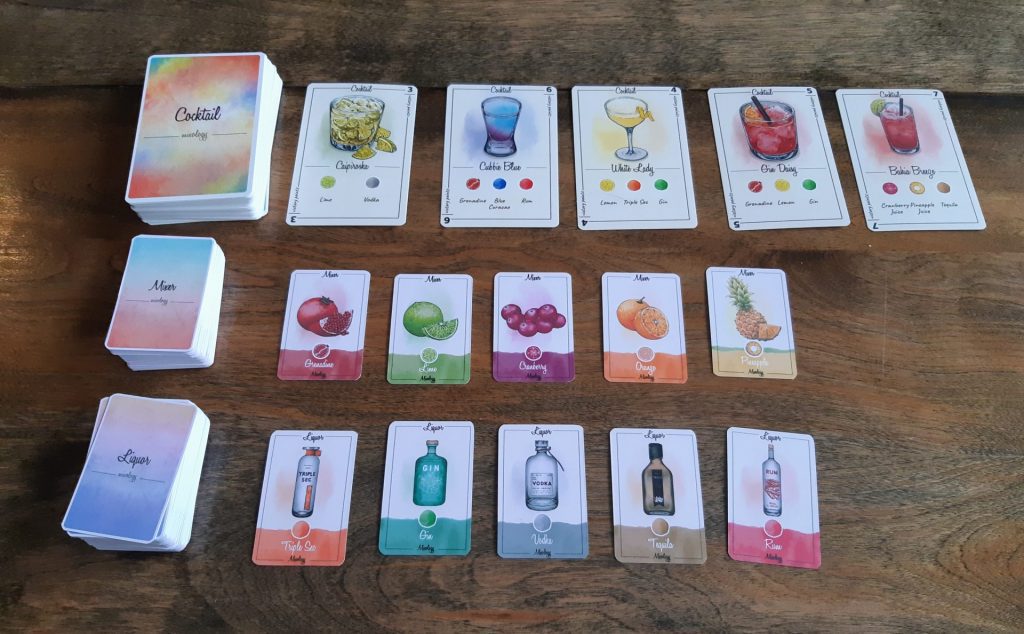
Each round players secretly select 3 cards from their hand and place them face-down in front of them in the order that they will be played. The player with the extra action token selects a fourth card during this phase. Players then reveal their chosen cards and, starting with the first player, each player takes a turn for their first action. Once everyone has taken their first action, the start player takes their second action, and so on. The round will end with the player that has the extra action token taking their fourth action.
In Mixology there are 3 different coloured action cards, and depending on the colour the cards will be activated differently. If a player selects a blue card, they will always get to do the action the card provides. These cards are:
- Shop for Mixer: take one of the face-up mixer cards from the market and add it to your ingredient shelf.
- Shop for Liquor: take one of the face-up liquor cards from the market and add it to your ingredient shelf.
- Mix a Drink: spend the required ingredients from your shelf to get one of the 5 face-up cocktails.

Green cards will only activate if you are the first player to play them that round. These cards are:
- Happy Hour: take the first player token.
- Hire a Bartender: take the extra action token.
- Random Ingredients: take 2 random cards from either the mixer or liquor piles.
- Promote Bar: take a victory point token.

Finally, there are red cards. These are the cards that let you mess with the other players. They are only used in 3-5 player games and will only activate if your neighbours haven’t played the “Shop” cards. These cards are:
- Monopoly: take all of the mixer or liquor cards in the market, but only if the players to your left and right did not play Shop for Liquor this round.
- Steal: steal 1 ingredient each from your left and right neighbour, but only if neither of them played Shop for Mixer this round.

Once a round is complete, all the mixer and liquor cards are wiped from the market and replaced with new ones. The cocktail cards remain from round to round, as they replenish instantly when someone mixes a drink. The game is played until someone gets 25 points, at which point the game immediately ends and they are the winner.
Thoughts
The easy gameplay combined with the fact that each card includes text stating how it works means that this game could easily be played while sipping some cocktails. This is an important point because the beautiful artwork is definitely going to make you get your shaker out, or at least want to learn how to make a proper sour.

That being said, there are some holes in the rulebook. For instance, the prototype copy that I received doesn’t explain what the extra action token does. While this may seem obvious (it gives you an extra action), there are multiple ways it could work. I’ve confirmed with the publisher that it works how I’ve explained it above. There are also a few typos on the cards. For example the card “Random Ingredient” is meant to read “Random Ingredients”. And in general, I’d like to see a slightly more comprehensive rulebook. While it’s great to have quick and simple rules, there should be no ambiguity. But these are all issues that can be fixed before the Kickstarter copies are sent out, and rather easily at that.
Aside from those minor issues, the copy that I received was absolutely beautiful. The cards are great with gorgeous art and quality cardstock. The box is compact, but includes dividers for each card type. The extra action and first player tokens are large and easily identifiable. My only complaint with the components is that the backs of all the player cards are the same. This makes separating them during setup a bit annoying. Ideally, the back of each player’s set would be differentiated by using a different colour for each. Again, it’s an easy fix.
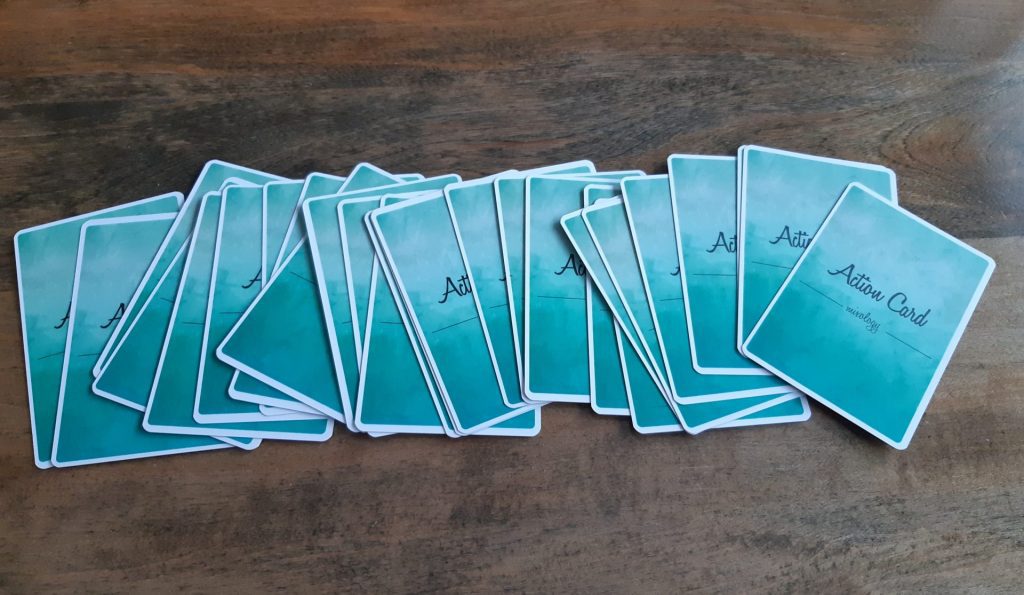
Now let’s jump back to the actual game. I played Mixology with 2 and 4 players and at both counts I found the game was the right length and provided a good challenge. The scaling of the market based on player count works well, and the removal of the red cards at 2 players was a clever move. While the number of available cocktail cards remains the same regardless of player count, I found myself having the drink I wanted to make snatched up by the player before me in multiple games, keeping me on my toes. One thing that I found interesting was that regardless of whether you’re playing at 3 or 5 players, you can only ever really impact the players to your left and right. This reminded me a bit of the military in 7 Wonders.
So with that, let’s take a look at the adversarial red cards. I typically don’t like when a game has player versus player mechanics. However, the way the red cards are executed in Mixology is really clever. First, you can always block your neighbours from stealing from you by playing “Shop 1 Mixer”. I found this to be very useful at times when I’d collected just the right set of ingredients to mix a drink with a high point value. Second, there are consequences of playing a red card: if you don’t get to play it (and in the games I’ve played, chances are you won’t) you’ve lost a third of your actions for that round. These reasons combined mean that you have to carefully plan out when to play a red card by trying to guess if your neighbours are planning to shop for liquor or mixer that next round. The low chance of success with the red cards is an important design decision, because when you do get to play one it’s pretty powerful. I found this balance, along with the fact that I could always protect myself, a good way to implement a player versus player mechanic in the game.
I also want to talk about the green cards. The fact that green cards, including the one that makes you the first player, only work if you’re the first to play them makes playing them a calculated risk. That’s why the first player token was such a hot commodity in the games I played: it gave you at least 1 guaranteed green card. I think one of the most desirable cards in the game is Random Ingredients. If the ingredients you need to make a cocktail aren’t on the table, this is the only way to get them. One card that’s an interesting risk is “Hire a Bartender”, because even if you get to activate it you may only be delaying one of your actions to the next turn. By this I mean that there is no guarantee that you will get to keep the extra action token for more than one turn, so you are essentially spending 1 of your 3 actions to get 4 the next turn. But, if no one takes it that next turn, then you start to reap the rewards.
Finally, let’s talk blue. These cards are the safe and comfortable option. I think it’s really unlikely that someone could win by only playing these 3 cards, but it’s important to be able to have some for-sure actions. Playing a blue shop card is like announcing you’re the cowardly Herb Gatherer in Broom Service: you’re only going to get one resource, but you’re for sure going to get it.
So, now that I’ve covered all the colours I should probably round it off by giving you my opinion on the game as a whole. To put it simply: I like it. The gameplay is clever, the decisions can be tricky, and (because I haven’t already said it enough) the art is lovely. As someone who enjoys making cocktails, I was excited to see it applied as a theme for a board game. The theme is well executed and while I’m certainly not going to be making a “rumka” anytime soon, most of the cocktails are ones I’d like to try. So raise a glass to the folks at Pineone Games, because they used all the right ingredients when creating Mixology.
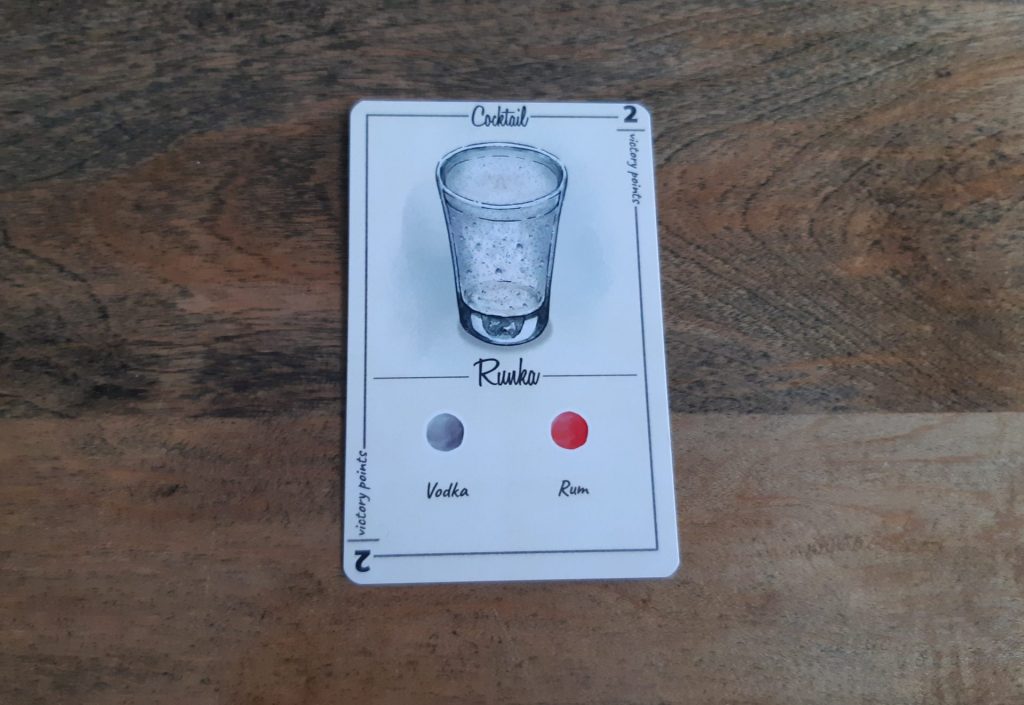
If you want to learn more about Mixology, check out their Kickstarter.


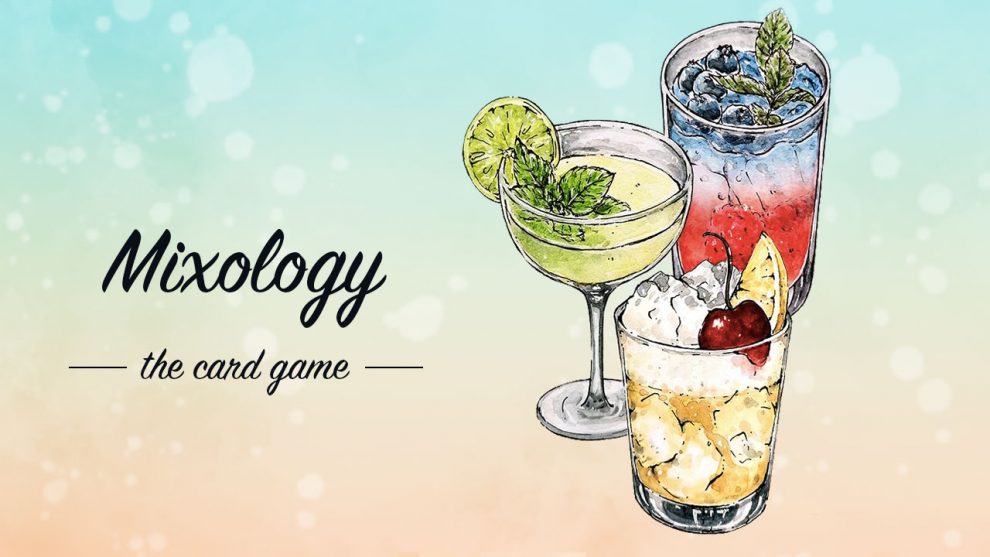


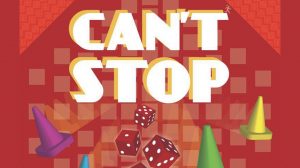





Add Comment